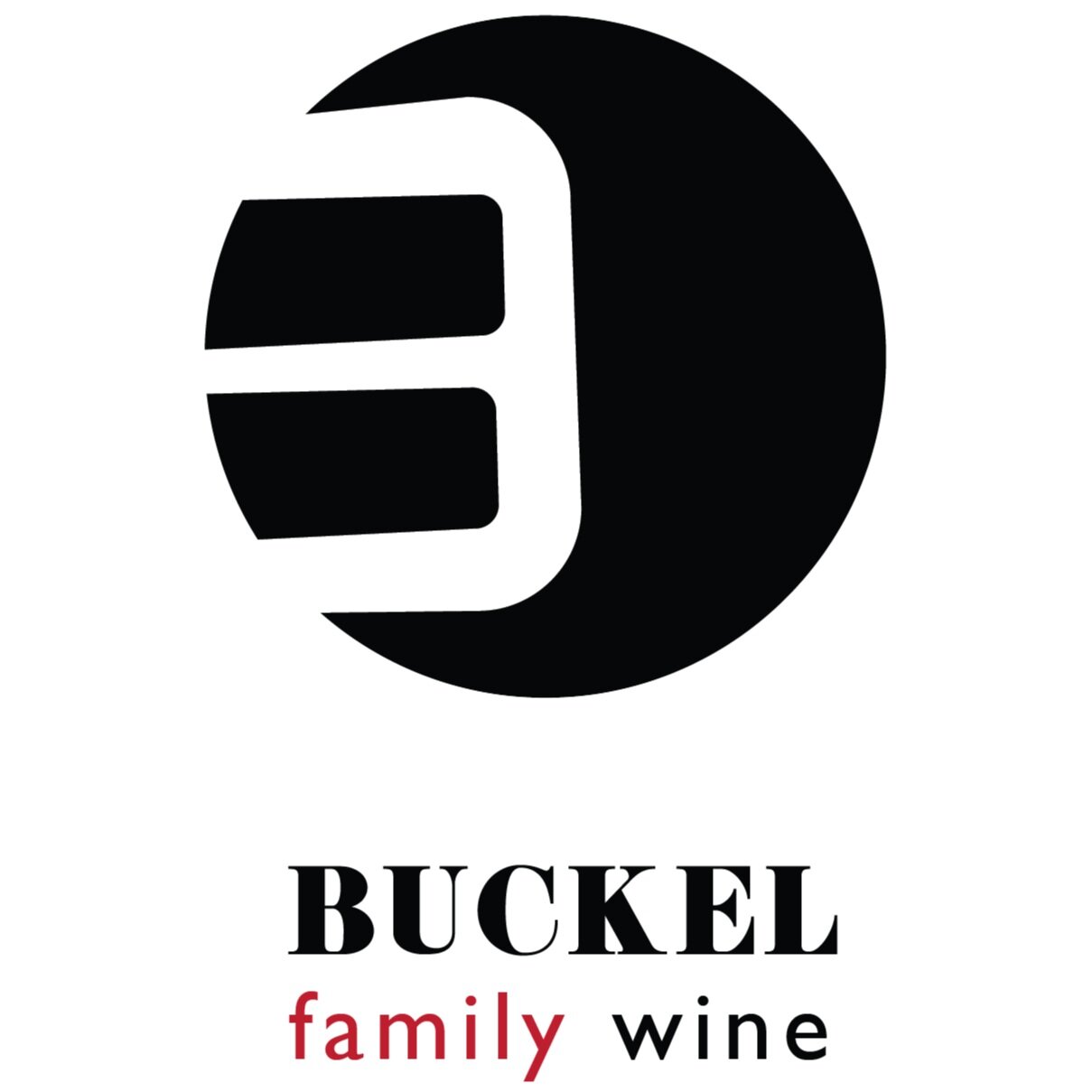Why is my wine cloudy?
Do not be alarmed! Many of the reasons for cloudiness in a wine bottle has nothing to do with the quality of the wine. It may not look crystal clear, but tastes delicious! It is usually a choice by the producer to use less interfering techniques in the production of the wine. Most of the time, it is just a lack of filtration. Many a winemaker believe that wine is a living product and do not want to filter out all the components that keep it alive and evolving throughout its life. This brings us to the next subject affecting clarity, fining. This is when winemakers use fining agents to settle particles out of the wine chemically or physically, to form a new complex that can separate from the wine. Examples of these agents include bentonite, gelatine, isinglass, egg whites, casein, and carbon. Some winemakers do not want to subject the wine to these components because the fining agents can strip the wine of flavor and aroma. Lastly, natural aging of a wine can cause cloudiness due to the formation of sediment or the binding of compounds in wine, usually Phenolics. So older wines show a bit more haze. Bottom line, do not let cloudiness get you down. Give it a try and stay adventurous!
PétNat
Why is My White Wine Cloudy?
Have you ever gone home with a clear bottle of white wine, popped it in the fridge, and then noticed crystals in the bottom of the bottle or in your glass? Those are formed by tartaric acid, which naturally occurs in grapes. These tartrate crystals can form after the wine ferments and if the wine becomes oversaturated with tartaric acid. The excess acid is suspended in the wine, and can then form crystals and drop out. These tartrate crystals are not harmful to consume, however they are not exactly desirable. Another issue that can arise with these wines is heat instability. A seemingly clear bottle of wine can turn hazy when exposed to higher heat. For instance, you might go to a winery and buy a nice clear bottle of white wine, and store it in your trunk while you head out for a bike ride. If it’s a summer day and your car gets hot, you could come back to find a now cloudy bottle of wine. This heat instability is due to the naturally occuring proteins in grapes, and some have significantly more than others.
In order to avoid these outcomes, we at Buckel Family Wine will put our white and rose wines through cold and heat stabilization. To cold stabilize the wine, it is as simple as cooling the wine tank down to about 30 degrees (F). The tartrate crystals will form in the tank and fall to the bottom, and deposit around the sides of the tank. To heat stabilize the wine, we use Bentonite (which is a clay substance) to bind to the proteins that can cause the cloudiness. This will also then fall to the bottom of the tank, and we are left with clean, stable wine.
At that point, we will be about ready to bottle the wines, just after sending them through a filtering process to ensure they are fully stable and clean wines, and that there will be no issues that arise once they are in the bottle. Our goal is to deliver wines that are expressive and natural. Therefore, we only do as much as needed to deliver quality, while making sure these wines don’t lose what makes them unique.


